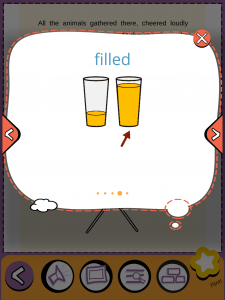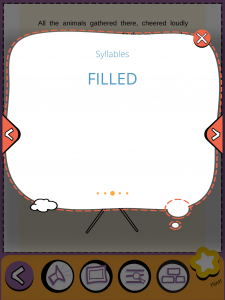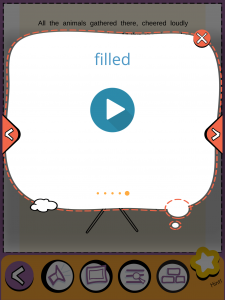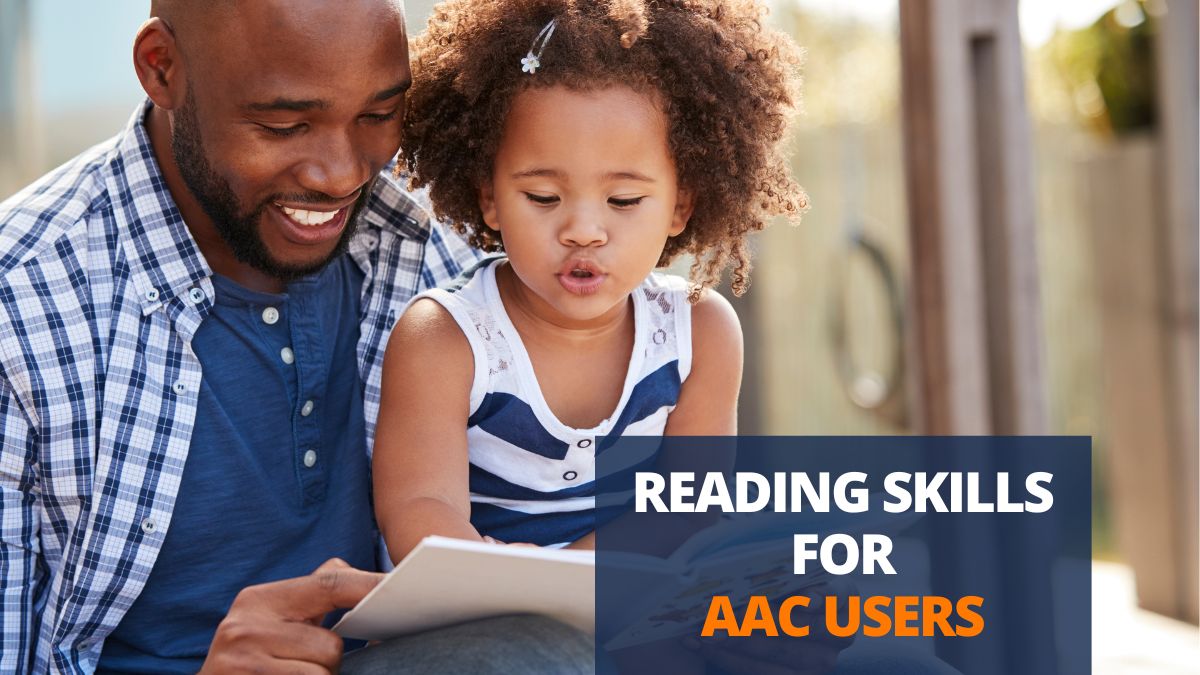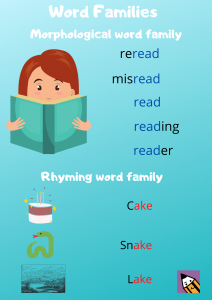

What are Word Families?
According to the Oxford Learner’s Dictionaries, word families are a group of related words that are formed from the same word or a group of words with particular features in common. Here are the two word families that are commonly used in reading instruction for beginning and struggling readers:
- Rhyming Word Family
Words belong to a rhyming word family if they have a similar ending sound.
For example, the words, ‘cake’, ‘make’, ‘bake’, and ‘take’ have a similar combination of words at the end – which also sound similar.
- Morphological Word Family
Words belong to a morphological word family if they share a common structure and meaning.
For example, the words, ‘read’, ‘reading’, ‘reads’, ‘reader’, ‘misread’, and ‘reread’, belong to a word family because they share a common root word, ‘read’, with different prefixes and suffixes added.
Why Focus on Word Families?
Knowledge of word families helps children build vocabulary. Instead of memorizing spellings and meanings of all words, they learn how to spot patterns, identify root words, and understand their common meanings or sounds. This helps in word recognition leading to the development of their reading fluency.
Studies suggest that children learn to connect what they have already learned to what they are currently learning through by observing word similarities. Understanding the concept of root words and their derivatives can help children deduce the meaning of other words in the word family. Experts also say that children tend to read quicker because of the familiarity of the words in word families. They learn to analyze language and understand common grammar rules.
For example, knowing that the prefix ‘un’ can indicate negation – this knowledge will help children infer the meaning of words with this prefix, as long as they know the root word.
They will understand that ‘unhappy’ is the opposite of ‘happy’ and that ‘untrue’ means ‘not true’.
Similarly, understanding that the suffix ‘er’ can indicate more of something, will help them deduce that ‘easier’ means ‘more easy’ and ‘happier’ means ‘more happy’.
How to Teach Word Families
Encouraging children to identify rhyming words in a text is at the core of teaching about rhyming word families. Word family charts and games can be useful tools in this effort. For emergent or dyslexic readers, it may not be easy to identify rhyming words. In such cases, the teacher can guide them by emphasizing the similar sounding portions of final syllables in the words being taught. For example, the teacher can take a keyword such as ‘cat‘, and ask the children to find words that end with ‘at’.
For morphological word families, classroom instruction should focus on developing the child’s awareness of morphemes, which are the smallest units of language that have meaning. As children grow, they come across academic vocabulary with prefixes or suffixes, such as the prefix ‘hydro’ which means ‘water’ or ‘hydrogen’. So, morphological awareness has a major role to play in comprehension and thus, literacy.
MDA Avaz Reader And Word Families
Reading instruction can be a complex process and teachers might not have the bandwidth to attend to each child and customize the lesson plans for their individual needs. Assistive tools such as MDA Avaz Reader can be great teaching aids and assist teachers in providing tailor made instruction. The reading assistance app can also be used at home to help children while they read as part of their homework or while reading as a hobby.
MDA Avaz Reader has several exciting stories that give children their daily reading practice. You can also import a PDF into the app or take a photo of the storybook or textbook the child wants to read. In case the child needs help with a word, they can tap the ‘Hint’ button to get rhyming and prefix/suffix hints. Please note that the app also provides additional hints such as syllable, picture and audio hints to help children comprehend a word effectively.
Word families can accelerate vocabulary acquisition by significantly increasing the number of words children have at their command. To achieve reading proficiency, instruction must also focus on teaching other reading strategies concurrently. More importantly, giving ready access to help with digital assistive tools reassures children. It also encourages them to immerse themselves into reading, resulting in improved reading skills and literacy.



